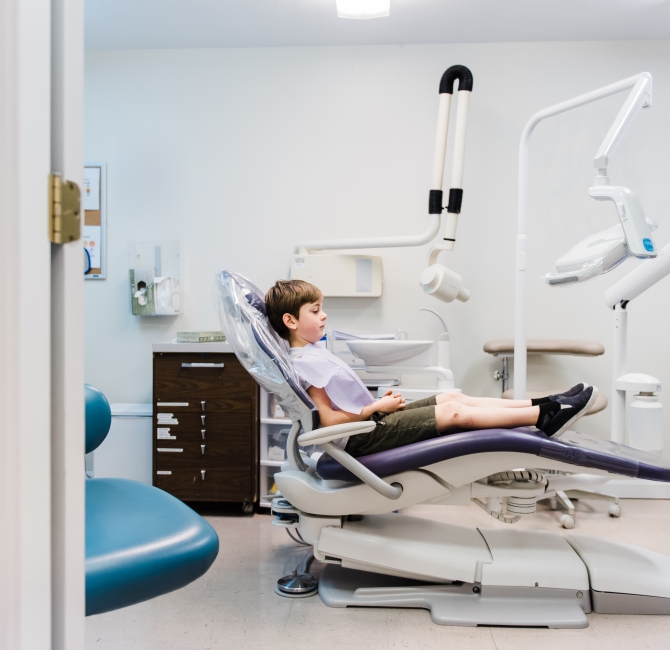Dental caries is a clinic manifestation of continued demineralization of the tooth enamel resulting from acids produced from sugar fermentation by bacteria in the plaque microbiota on the tooth surface, under the gum and in the proximal surfaces.
Lactobacilli have been considered major contributors to dental caries, especially the development of advanced caries lesions in adults and children.
However, it remains inexplicit on the molecular mechanisms concerning how lactobacilli colonize and establish on the tooth surface and how they interact with the micro-environment and with other major bacterial species in plaque microbiota, influencing the development including temporal structure and composition of the plaque microbiota.
This review highlights recent studies on oral lactobacilli with a focus on bacterial biofilm formation and its regulation including the roles of inter-species interactions.
Abstract
Lactobacilli have been considered as major contributors to human dental caries for over a century. Recent in vitro model studies have shown that when compared to Streptococcus mutans, a keystone pathogen of human dental caries, the ability of lactobacilli to form biofilms is poor, although differences exist between the different major species. Further studies using molecular and bioinformatics approaches provide evidence that multiple mechanisms, including adhesin-receptor mediated physical contact with S. mutans, facilitate the adherence and establishment of lactobacilli on the tooth surface. There is also evidence that under conditions like continuous sugar consumption, weak acids and other antimicrobials such as bacteriocins from lactobacilli can become detrimental to the microbial community, especially those in the proximity. Details on the underlying mechanisms of how different Lactobacillus sp. establish and persist in the highly complex microbiota on the tooth surface await further investigation.
Introduction
Lactobacilli were the first micro-organisms implicated in human dental caries over a century ago and was the main etiological candidate before the mutans streptococci became dominant in the literature in the 1950s. From clinical isolation and cultivation to 16S rRNA-based analysis and more recently, deep sequencing of the plaque microbiota, Lactobacillus sp. are frequently identified at active carious sites, especially in lesions with advanced caries in adult and paediatric patients. However, unlike Streptococcus mutans, a keystone cariogenic bacterium whose pathophysiology and virulence attributes have been well characterized through extensive investigations in recent decades, major knowledge gaps remain concerning the role of Lactobacillus sp. and especially, the mechanisms how they establish and persist on the tooth surface and facilitate the development of carious lesions.
Summary
Lactobacillus sp. are major contributors to dental caries. Unlike their cariogenic partner mutans streptococci, Lactobacillus sp. alone does not adhere the tooth surface efficiently. However, in the presence of S. mutans and some other primary colonizers, their ability to establish on a tooth surface can be significantly enhanced, although differences exist between the different species. Mechanical retention, including trapping in food remnants and plaque biofilms and especially the glucan scaffold of S. mutans, is a major factor contributing to Lactobacillus establishment. Besides, adhesin-receptor mediated active intercellular contact and probably metabolites associated interactions are also involved in the S. mutans-facilitated Lactobacillus adherence and persistence. On the other hand, Lactobacillus sp. also produce various broad-spectrum antimicrobials, including weak acids and bacteriocins. There is evidence that production of the antagonistic factors is regulated in response to environmental cues including presence of other bacterial species.
Further studies will be needed to better understand the molecular mechanisms that govern the interactions between S. mutans and major species of Lactobacillus and how environmental conditions influence the inter-species interactions and ultimately, oral health and disease.



